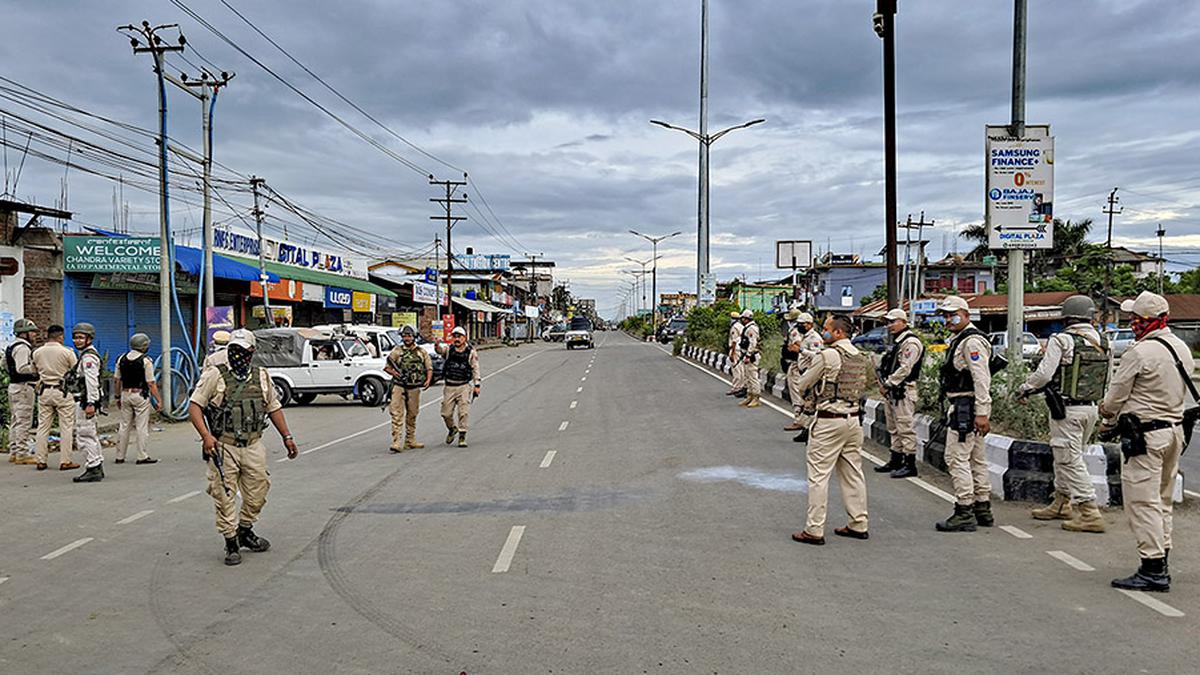
175 killed, over 1,100 injured in four months of Manipur violence: police
The Hindu
In Manipur, 175 people have been killed, 1,108 injured, and 32 are missing due to ethnic strife. 4,786 houses were set on fire and 386 religious structures vandalised. Police, central forces, and civil admin are trying to restore normalcy. 1,359 firearms and 15,050 ammunition were recovered. 5,172 arson cases reported. 9,332 cases registered and 325 people arrested. NH-32 and NH-2 functioning normally. Police trying to restore peace in Manipur.
As many as 175 people were killed, and 1,108 others injured while 32 are missing in the ethnic strife that has rocked Manipur since early May, police said.
Altogether, 4,786 houses were set on fire and 386 religious structures vandalised, they said.
Read Editorial | Limits of identity: On facilitating peace in Manipur
Addressing a press conference here, IGP (Operations) I.K. Muivah said, “In this challenging time that Manipur is in, we can reassure the public that the police, central forces and the civil administration are trying round-the-clock to bring normalcy back." Of the weapons that have been “lost”, 1,359 firearms and 15,050 ammunition were recovered, Muivah said on Thursday.
A large number of arms and ammunition of the police have allegedly been looted by the rioters during the violence.
As many as 5,172 arson cases were reported, Muivah said, adding, 386 religious structures - 254 churches and 132 temples - were vandalised.
"Security barricades from Phougakchao Ikhai in Bishnupur district to Kangvai in Churachandpur district have been removed, while security has been provided on national highways," he said.













